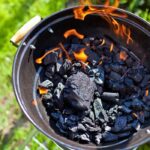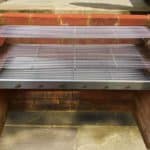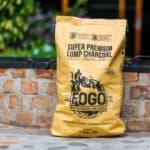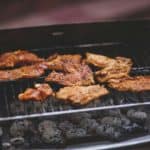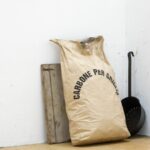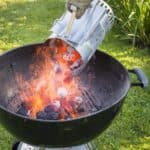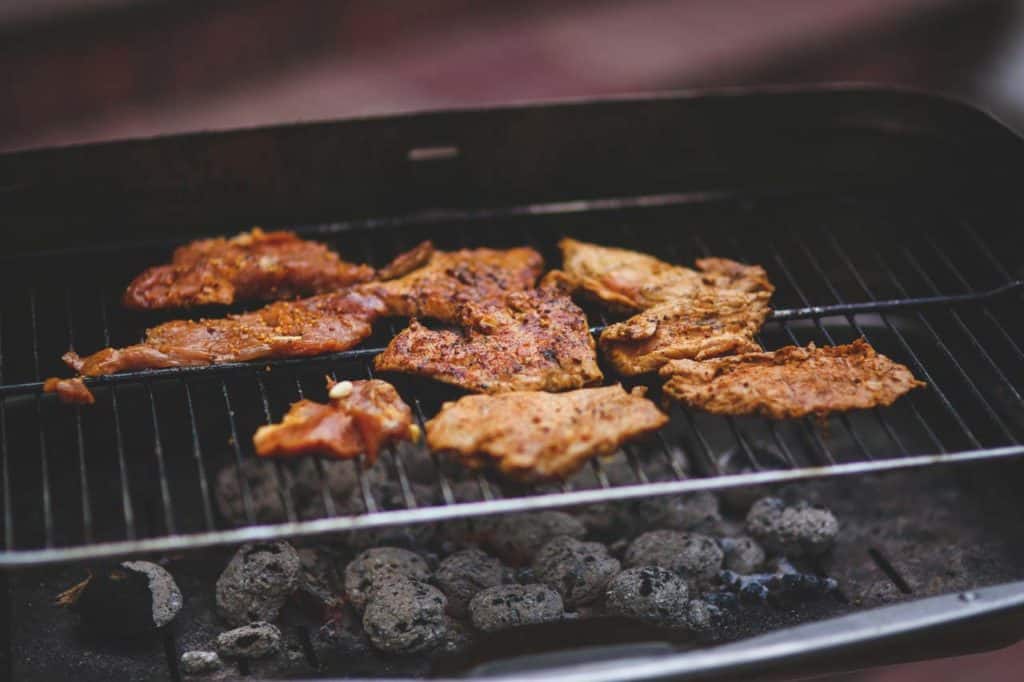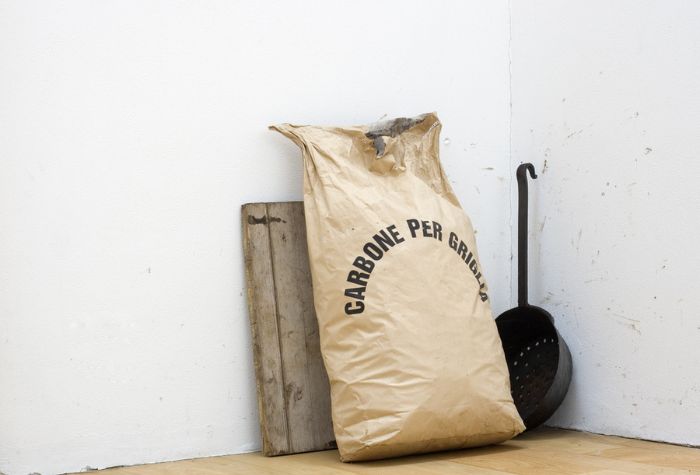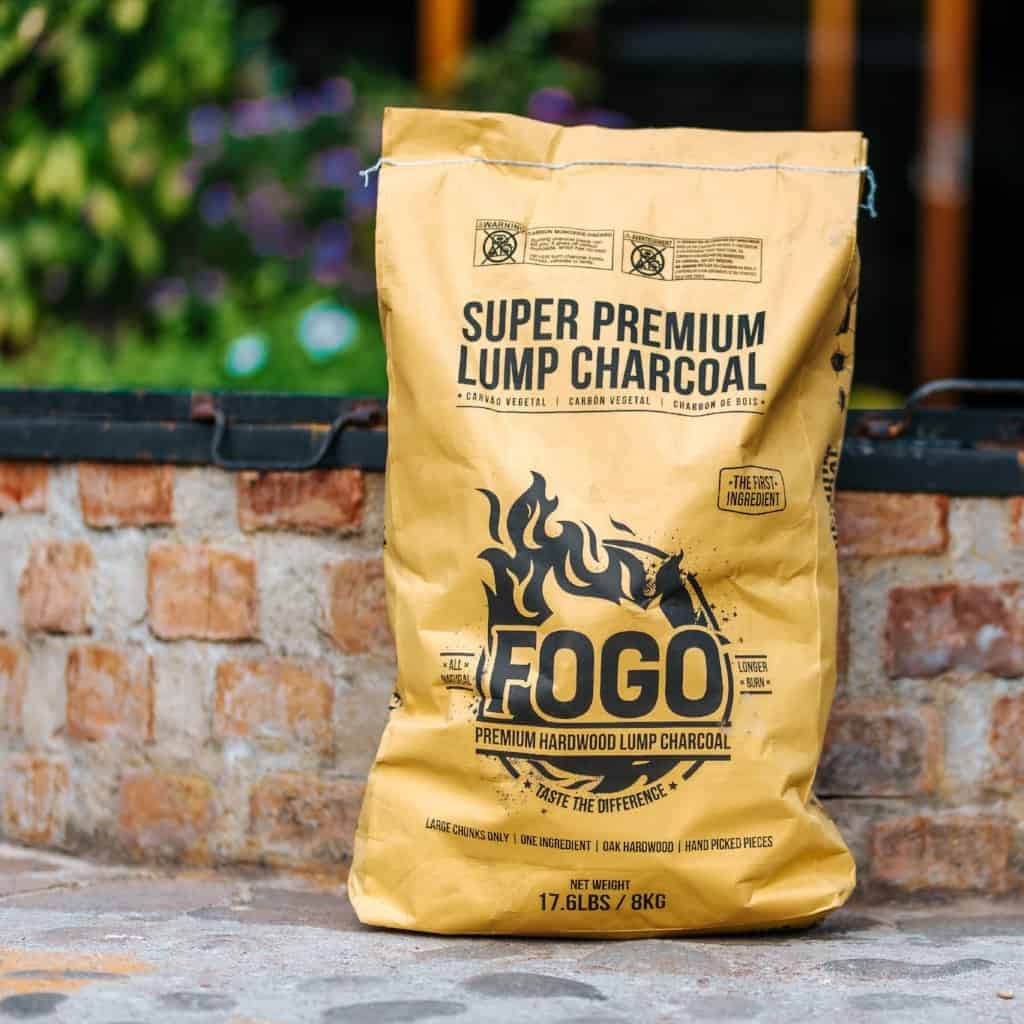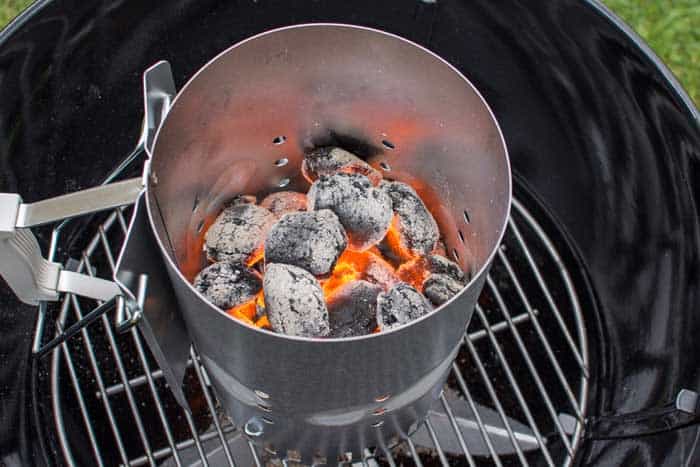How do you reuse charcoal while still keeping it effective and safe? Learn how to recycle lump charcoal and briquettes the right way with our barbecue guide.
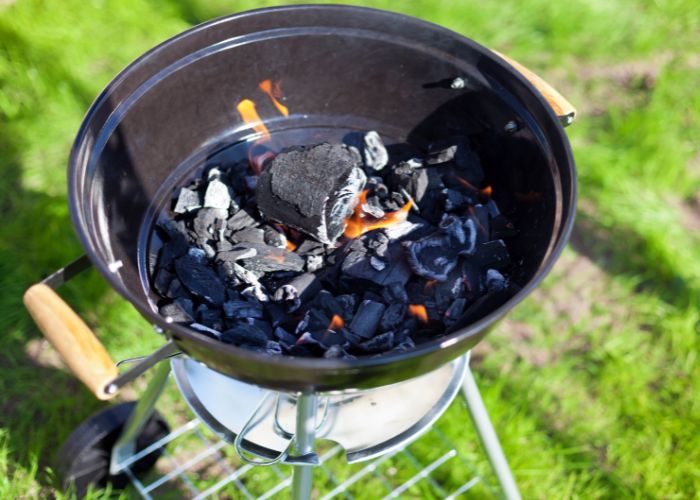
Buying new charcoal every time you smoke or grill on your barbecue can quickly add up. And even if you’re cooking for a long time, you’re bound to end up with several sections of charcoal that remain unburned—and these can be repurposed for another time.
But what if you have concerns about the quality of reused charcoal and whether it has a negative effect on the taste and cooking process of your next barbecue? In this article, we go over how to reuse charcoal safely and effectively, and provide some tips and tricks to prolong charcoal’s lifespan.
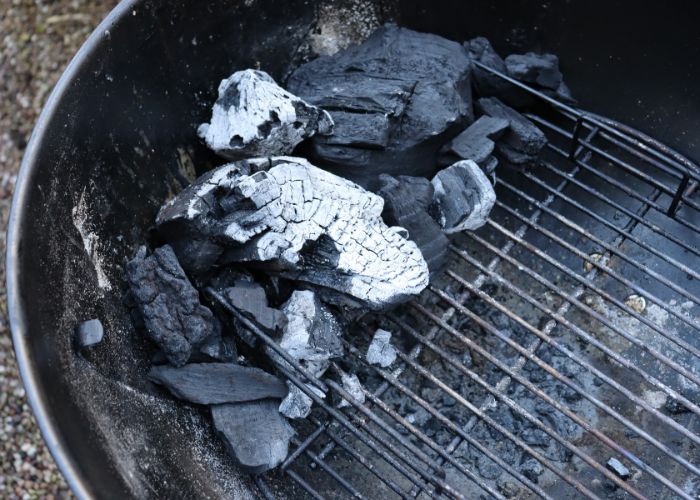
Can You Reuse Charcoal?
The short answer is yes, you can reuse for barbecue and grilling. However, there are several considerations to keep in mind to ensure it reignites and burns properly for future uses. These include:
- The size of the reused charcoal chunks
- If there’s any debris or ash on the charcoal
- How you store the charcoal after it’s been burned
We’ll cover more in the later sections.
Is It Safe to Reuse Charcoal?
Reusing charcoal for your barbecue is not a fire hazard as long as you know how to handle it correctly. Reused charcoal often lights quicker than fresh charcoal, so remember to use heat-resistant gloves and ensure nothing flammable is within reach of the barbecue.
If you’re concerned about the potential health risks of reusing charcoal, you can take several precautions to lessen the amount of carbon monoxide and other fumes you may be exposed to.
First, you should always barbecue outside and not inside (yes, this includes a garage space!) as this allows for better airflow and ventilation. Next, grilling on a dirty barbecue means more buildup, which can cause the formation of some byproducts and chemical compounds. Always clean your grills and throw the charcoal ashes away after each use.
Burning reused charcoal doesn’t have more potential health implications than burning unused charcoal. However, you can greatly reduce your risk by choosing so-called “natural” charcoal—like lump charcoal—which doesn’t have added oil or petroleum compounds.
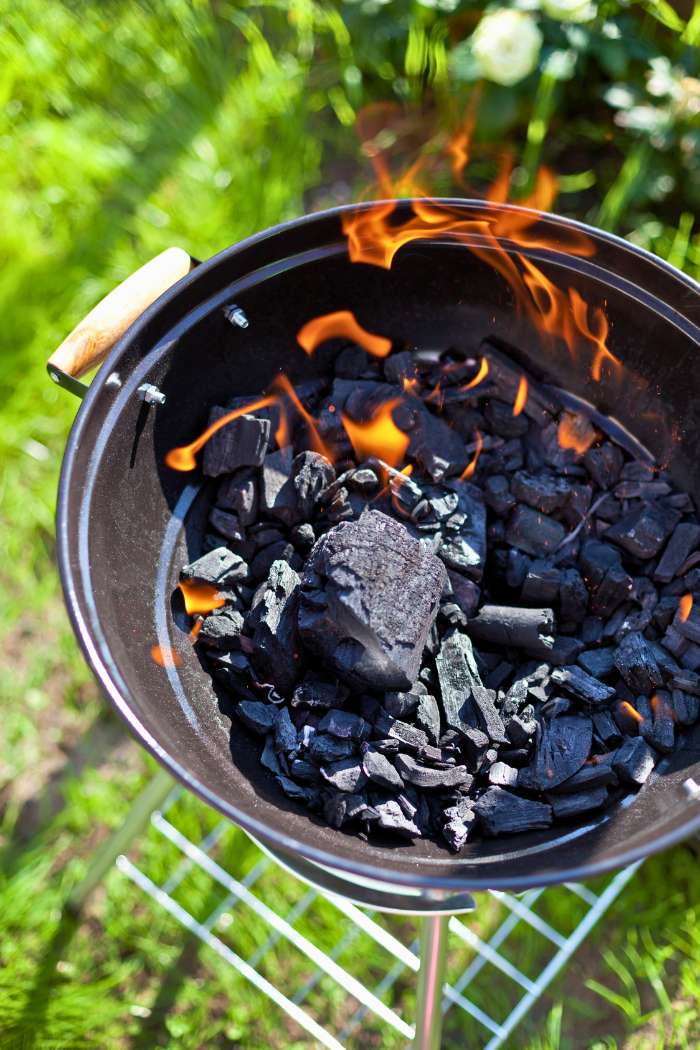
How to Reuse Charcoal Effectively
Step 1
After grilling or smoking, make sure the charcoal is fully cooled down before handling. You can extinguish the grill properly by closing the grill’s intake and exhaust vents in order to starve the flames of oxygen. Do not use water to extinguish the fire, especially while charcoal is still in the grill. This will ruin your coals and may cause rust.
Step 2
Once cooled, separate the viable charcoal pieces. You want to remove as much ash as possible, as this will impact how well the reused charcoal burns. Bigger chunks that don’t crumble into ash when gently squeezed can be kept.
Tip: If you’re going to use the reused charcoal soon, you can leave it in your barbecue with the lid shut. If not, store your charcoal in a cool, dark place.
Step 3
Lighting reused charcoal isn’t quite as simple as how you would approach lighting fresh charcoal. You’ll need to mix some new pieces in with the old. A good way to do so is with the “sandwich” method: starting with a fresh layer, adding in some reused charcoal in the middle, and then topping with more fresh charcoal if needed.
Step 4
When you’re ready to light, you can do so as you usually would (I prefer to use a charcoal chimney). There won’t be much difference in new and reused charcoal, but since reused charcoal may catch fire quicker, it may not take you as much time to get the mix up and running.
Common Limitations of Reusing Charcoal & How to Solve Them
While reusing charcoal is a handy way to be economical, it can also come with some limitations. Here are some tips that can mitigate these risks, which are worth keeping in mind if you’re looking to reuse your charcoal regularly.
Reduced Heat Output & Burn Time
Reused charcoal will always have a shorter burn time and reduced heat output compared to using 100% fresh charcoal. This also means you may not be able to maintain a consistently high temperature during the cooking process.
If you’re planning to smoke or grill your meat for a longer time, or if you need the heat to be continuously high, then you should keep some fresh charcoal on hand to use when needed. Some barbecue experts love to use at least 50% fresh charcoal in their mix before starting for a more precise temperature control.
Ash Buildup
Too much ash buildup around the reused coal chunks can restrict proper airflow. If you use fresh charcoal chunks you won’t need to worry about this, but older chunks will often be covered in ash and will need to be sifted before use.
While you can certainly remove each suitable charcoal chunk from the pile of ash, doing so can be time-consuming. An easier way is to use a type of basket, like one you use for a deep fryer, to sift the ash away from the other charcoal. To reduce the risk of ash formation every time you use the barbecue, you can also opt to only reuse larger chunks and remove the smaller ones as well.
Reduced Flavor
If you love to use flavored charcoal for barbecuing to impart a specific smoky or rich flavor to your meat, it’s good to note that reusing these types of charcoal may not impart as strong a flavor as fresh varieties.
You can’t do much to bring the flavor back to the charcoal chunks, but now could be a great time to experiment with adding richer spices and herbs to your meat. You could also try using some liquid smoke, or umami-heavy sauces.
You Can’t Reuse the Same Charcoal Forever
And what if you want to reuse your charcoal over and over again? Even if you take extremely good care using and storing your charcoal, all charcoal will turn to ash at some point.
If you’re consistently topping off your old charcoal with fresh chunks, this will lead to a staggered effect. This means as long as you constantly add in fresh chunks to your barbecue, you’ll always have some charcoal that can be reused for the next time.
The Final Word
Using charcoal on a barbecue adds that signature smoky and complex flavor to anything you decide to cook on it. Charcoal is not cheap, though, which is why reusing it is a common practice that can yield similar results, if several factors are considered.
Burning reused charcoal can be just as safe and useful as using new charcoal as long as it’s mixed with fresh pieces, removed from any residual ash, and stored in a cool and dry place. Doing so can help prolong the burn time, reduce the fire hazard, and result in the same delicious meals you know and love!
